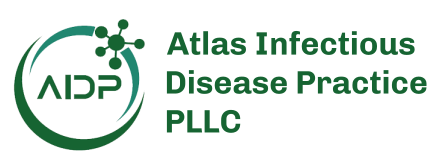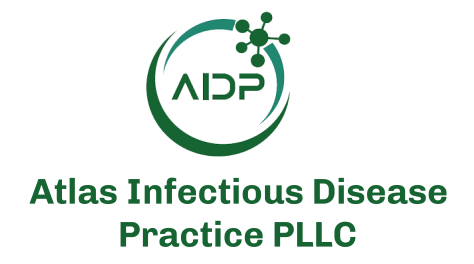This is the second in a series looking at the reduction and restructuring of federal health services and how that will affect public health and infectious disease clinical care.
This past Friday, the Department of Health and Human Services (HHS) announced it was going to reduce its workforce by laying off 10,000 full-time employees, and when combined with HHS’ other efforts expect to reduce the workforce by 20,000 employees. The restructuring would result in a total downsizing from 82,000 to 62,000 full-time employees.1
“This will have an extremely detrimental effect on services, because there are many individuals that rely on the services that the different agencies in HHS provide, and if you don’t have the staff to provide the services, individuals aren’t going to be able to get the services that they need,” said Tina Tan FIDSA, FPIDS, FAAP, president of IDSA, said of the HHS layoffs. “So the effect of cutting all these different positions is really going to significantly decrease the amount of service that HHS is going to be able to provide.”
One area within HHS that could directly impact the infectious disease specialty is the layoff of the entire department of Office of Infectious Disease and HIV/AIDS Policy (OIDP). Reports are surfacing that the department’s personnel are going to be let go. According to its website, OIDP’s mission is “to provide strategic leadership and management, while encouraging collaboration, coordination, and innovation among federal agencies and stakeholders to reduce the burden of infectious diseases.”2
OIDP is organized into 5 divisions:
- Division of Management and Operations
- Division of Vaccines
- Division of HIV/ Hepatitis/ Sexually Transmitted Infections
- Division of Blood and Tissue Safety and Availability
- Division of Federal Advisory Committee Management2
There has been no further instruction on what will happen with this department.
In terms of how this office and other federal health agencies reducing personnel, or restructuring, or shutting down these agencies, Tan says this will make clinicians’ jobs more challenging without having the guidance, resources, or recommendations these departments offer.
“I think what’s most important is that health care providers use these agencies to get the most accurate, the most scientifically sound, and the best recommendations for the treatment and prevention of various conditions. And, if we as health care providers don’t have access to this information, it makes it much more difficult for us to provide the best care possible to our patients,” Tan said.
Overall,Tan believes these changes will have a negative impact on public health. “It is definitely going to have a major negative impact on public health policies and preventative measures, and you know that is going to affect every single person that lives here in the United States.”






